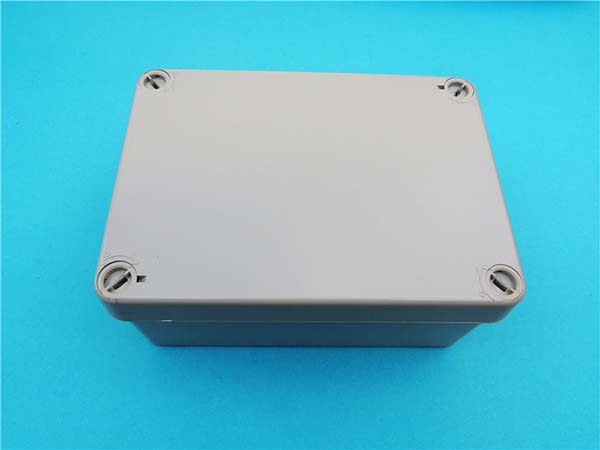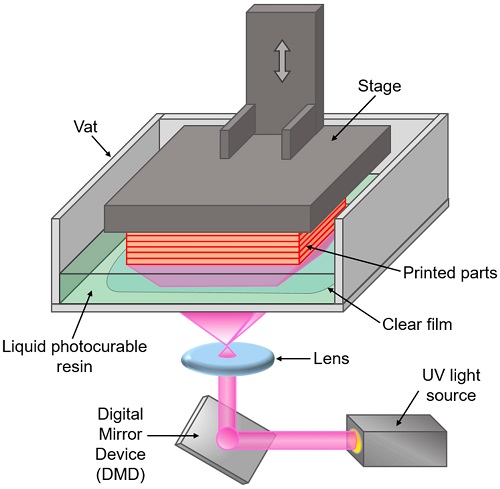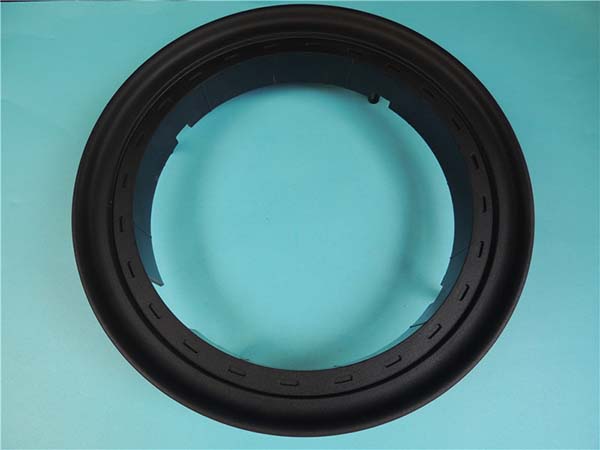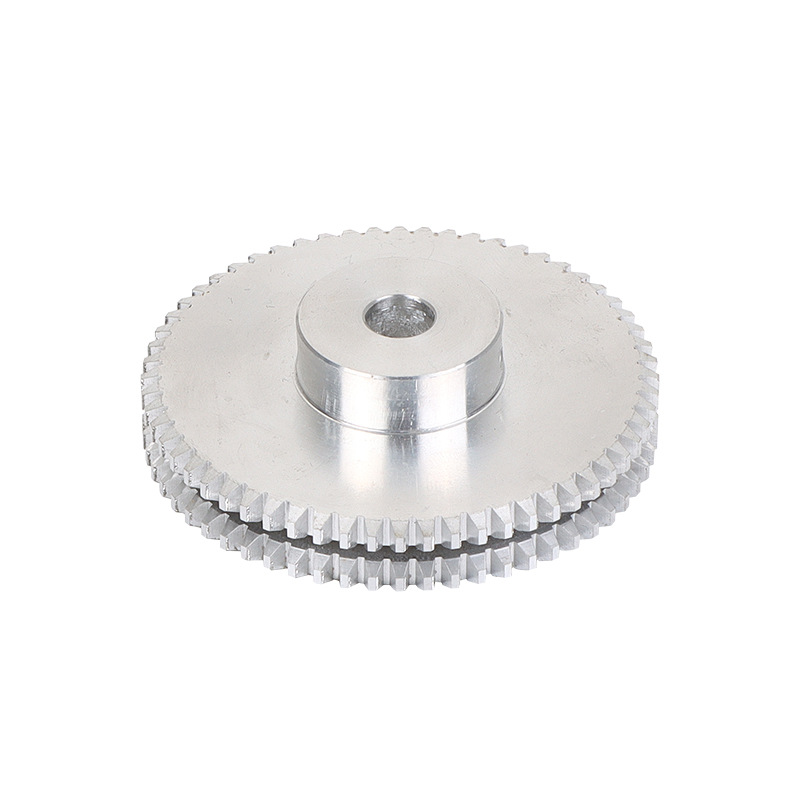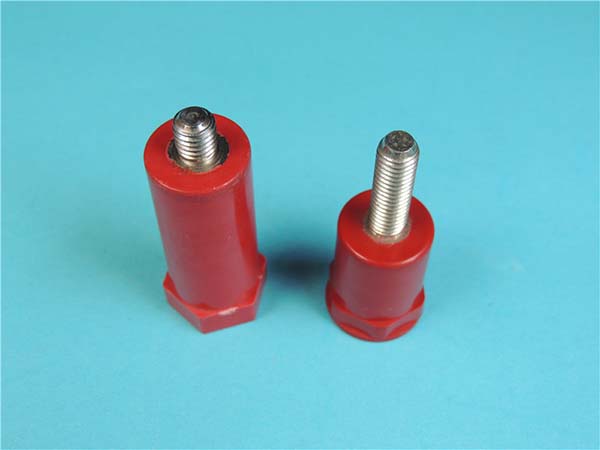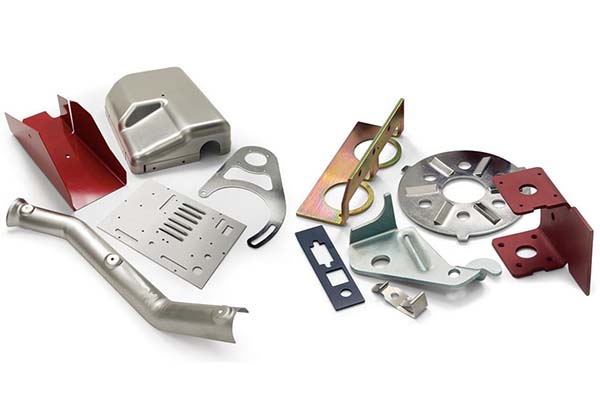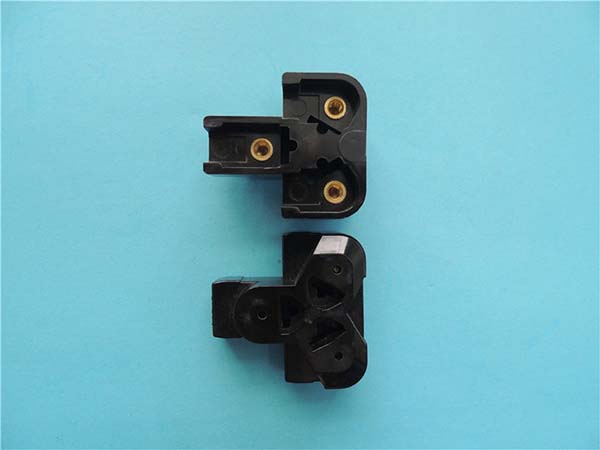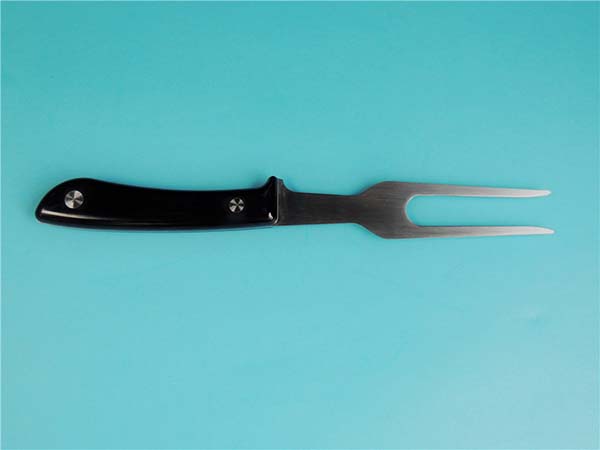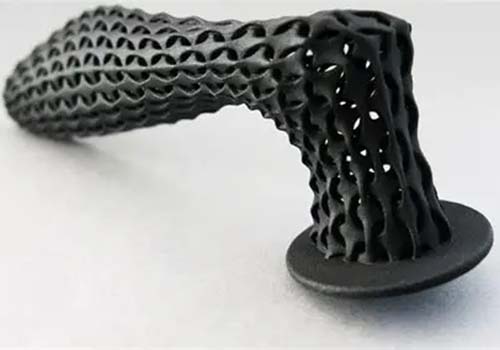Introduction
Understanding the Cost Concern
In the rapidly evolving world of 3D printing, the cost of 3D printing plastic is a topic that often piques the curiosity and concern of many. Whether you are a hobbyist looking to bring your creative ideas to life, a small - business owner exploring new manufacturing possibilities, or an industry professional in the field of product development, the cost implications can significantly influence your decisions.
The cost of 3D printing plastic is not a one - size - fits - all figure. It is affected by a multitude of factors, from the type of plastic material used to the complexity of the 3D model being printed. Understanding these elements is crucial for anyone aiming to make the most cost - effective use of 3D printing technology. In the following sections, we will delve deep into the various aspects that contribute to the cost of 3D printing plastic, providing you with the knowledge needed to plan and budget your 3D printing projects more effectively.
Factors Affecting the Cost of 3D Printing Plastic
Type of Plastic Material
The type of plastic material used in 3D printing is a fundamental factor influencing cost. PLA (Polylactic Acid), a popular choice among hobbyists, is relatively inexpensive, usually priced around \(20 - \)50 per kilogram. It is derived from renewable resources such as corn starch or sugarcane, making it an eco - friendly option. PLA is easy to print with, has a low melting point, and produces minimal odor during printing.
On the other hand, ABS (Acrylonitrile Butadiene Styrene) is slightly more expensive, with prices ranging from \(30 - \)60 per kilogram. ABS is a petroleum - based plastic, which gives it higher strength and heat resistance compared to PLA. However, it requires a heated build plate during printing and emits a slightly pungent smell when melted.
More specialized plastics like PETG (Polyethylene Terephthalate Glycol - modified) can cost upwards of \(40 - \)80 per kilogram. PETG combines the advantages of both PLA and ABS, offering good chemical resistance, toughness, and transparency. It is often used for applications where durability and aesthetics are important.
Printer Type and Quality
The type of 3D printer also plays a significant role in the cost of 3D printing plastic. Consumer - grade 3D printers are the most affordable, with prices starting from as low as a few hundred dollars. These printers are suitable for hobbyists and small - scale projects. For example, a basic FDM (Fused Deposition Modeling) consumer - grade printer might cost around \(200 - \)500. Since the initial investment is low, the cost per print is relatively affordable when considering the printer's lifespan and usage frequency. However, their print quality may be lower, and they may have limitations in terms of build volume and material compatibility.
Industrial - grade 3D printers, on the other hand, can cost tens of thousands to hundreds of thousands of dollars. For instance, a high - end SLA (Stereolithography) industrial 3D printer could be priced at $50,000 or more. Although the cost per print can be relatively high when factoring in the large initial investment, industrial - grade printers offer higher precision, faster printing speeds, and the ability to handle a wider range of materials. They are often used for large - scale production, prototyping in industries like automotive and aerospace, where high - quality prints are essential.
Print Volume and Complexity
The volume of the object being printed directly impacts the amount of plastic material required. A larger - volume print will naturally consume more plastic, thus increasing the material cost. For example, if printing a small figurine that might use only 50 grams of PLA, and a large mechanical part that requires 500 grams, the material cost for the latter will be ten times higher.
The complexity of the print also has a significant effect. Complex structures often require more support material during the printing process. In FDM printing, for example, overhangs and intricate internal geometries need additional support structures made of the same or a different plastic material. These supports not only add to the material cost but also increase the printing time. A simple cube - shaped object can be printed quickly without much need for support, while a detailed model with multiple overhangs and cavities may take several times longer to print and use a substantial amount of support material, thereby increasing the overall cost.
Cost Comparison of Different 3D Printing Plastics
Create a Comparison Table
Here is a comparison table showing the approximate cost range per kilogram of some common 3D printing plastics:
| Plastic Material | Cost per Kilogram (USD) |
| PLA (Polylactic Acid) | \(20 - \)50 |
| ABS (Acrylonitrile Butadiene Styrene) | \(30 - \)60 |
| PETG (Polyethylene Terephthalate Glycol - modified) | \(40 - \)80 |
| Nylon | \(50 - \)100 |
| TPU (Thermoplastic Polyurethane) | \(60 - \)120 |
Analyze the Table
As we can see from the table, PLA is one of the most affordable options. Its relatively low cost can be attributed to several factors. First, the raw materials for PLA, such as corn starch or sugarcane, are widely available and inexpensive. Second, the production process of PLA is relatively straightforward, which reduces the manufacturing cost.
ABS, on the other hand, is a bit more costly. It is a petroleum - based plastic, and the extraction and processing of petroleum - related raw materials contribute to its higher price. Additionally, ABS has better mechanical properties like higher strength and heat resistance compared to PLA, which also affects its market price.
PETG is more expensive than both PLA and ABS. It offers a combination of good chemical resistance, toughness, and transparency. The production of PETG often involves more complex chemical reactions and quality - control processes to achieve these properties, thus driving up the cost.
Nylon and TPU are at the higher - end of the cost spectrum. Nylon is known for its excellent strength, abrasion resistance, and heat resistance, making it suitable for high - performance applications. The manufacturing process for nylon filaments often requires strict quality control and specialized equipment, resulting in a higher price. TPU, with its unique property of flexibility and elasticity, is also more expensive. The complex chemical formulation and production techniques needed to create TPU's special characteristics contribute to its relatively high cost per kilogram.
Yigu Technology's Viewpoint
As a non - standard plastic metal products custom supplier, Yigu Technology understands the significance of cost - effective 3D printing. When it comes to controlling the cost of 3D printing plastic in custom projects, we focus on several key aspects.
First, we conduct in - depth material research. By thoroughly understanding the properties and costs of different plastics, we can recommend the most suitable materials for our clients' specific needs. For example, if a client's product doesn't require extremely high heat resistance, we may suggest using PLA instead of more expensive heat - resistant plastics, thus reducing material costs without sacrificing functionality.
Secondly, we optimize the design process. Our design team works closely with clients to simplify the 3D models as much as possible while still meeting the design requirements. This reduces the need for support materials and shortens the printing time, which in turn cuts down on both material and time - related costs.
Finally, we have established long - term partnerships with reliable material suppliers. Through these partnerships, we can secure better prices for plastic materials, ensuring that our clients get high - quality products at a reasonable cost.
FAQ
Q1: Which 3D printing plastic is the cheapest?
PLA (Polylactic Acid) is generally the cheapest among common 3D printing plastics, with a price range of around \(20 - \)50 per kilogram. It is ideal for hobbyist projects, such as creating small figurines, keychains, or basic prototypes due to its low cost and ease of use.
Q2: Does the color of 3D printing plastic affect the cost?
In most cases, the color of 3D printing plastic has little to no impact on the cost. Manufacturers typically produce a standard range of colors at a similar cost level. However, some specialty or limited - edition colors might be slightly more expensive if they involve unique pigment formulations or complex production processes. But for the majority of common 3D printing projects, color choice doesn't significantly alter the overall cost.
Q3: How can I accurately calculate the cost of a 3D printed plastic object?
To accurately calculate the cost, first, determine the volume of the object using 3D modeling software. Then, based on the density of the chosen plastic material, calculate the mass of the plastic needed. Multiply the mass by the cost per unit mass of the plastic. Also, consider the cost of support materials if required, and factor in the cost associated with the printer's operation (such as electricity consumption and printer depreciation). For example, if your printer consumes 0.1 kWh per hour of operation and the electricity cost is \(0.15 per kWh, and the print takes 2 hours, you need to include this \)0.03 ($0.15×0.1×2) in the overall cost calculation.
